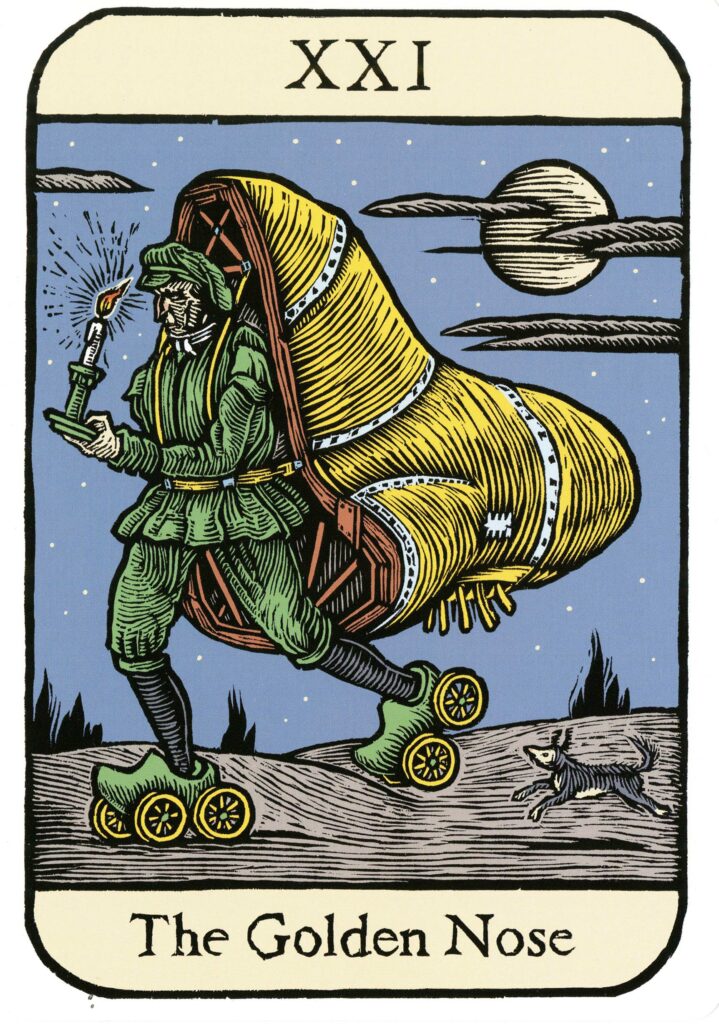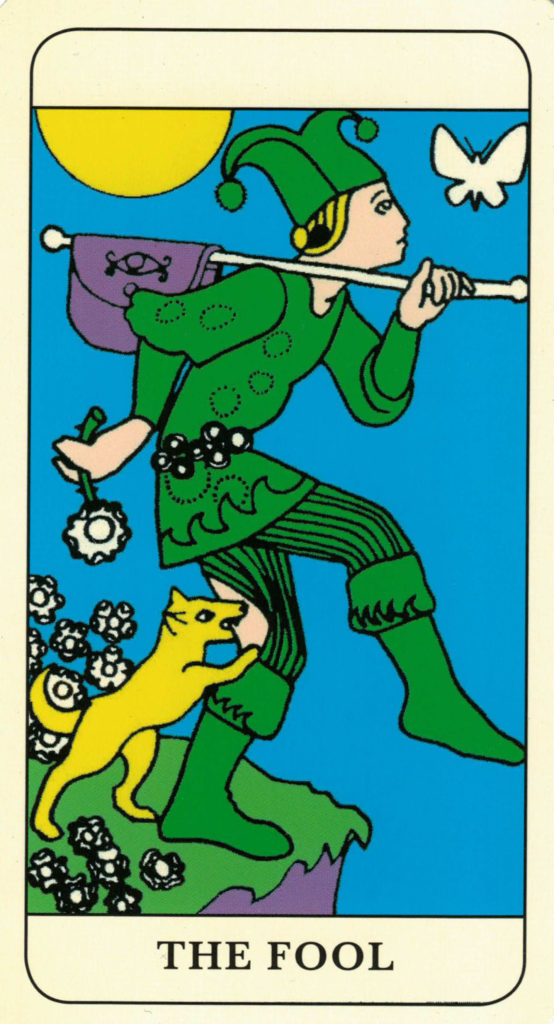Card of the Day
Sheridan Douglas Tarot
The innocent. The creative dreamer. Practical demands of life should now be transcended. Cultivate a sense of wonder.
David Sheridan and Alfred Douglas
Sheridan Douglas Press, www.sheridandouglas.co.uk
1972-2006
Copyright David Sheridan and Alfred Douglas. Used with permission.
Welcome
Welcome to the online exhibition The Spirit of the Tarot: The Search for God’s Picturebook, our journey into the Tarot.
This exhibit explores the religious and spiritual aspects of the Tarot over the past 500 years From a game and an image based story-telling tool, the cards became a way to perceive the future and a tool for meditation and personal development. A reading of the cards can suggest alternative views or approaches to a situation. Meditation on a card provides insights, both in thoughts and for action. Study enhances insight into oneself and the world.
By the late 20th century, the images on the cards continue to be reinterpreted in ways that followed or altered the traditional images, becoming broader, sometimes more specific, as well as reflecting contemporary currents of thought.
Some decks embrace educational themes, from the matter of the universe to the roots of Voodoo; others are spiritual and aspirational, a way to focus meditation and mindfulness; some show elegant symbolism, representing different traditions as well as completely new worlds; and others are simply fun.
The cards tend to express the non-rational, philosophic sides of Western and other cultures. Recent works continue along an intuitive approach to life and spirit, to counter materialism and to a certain extent, traditional “male” perspectives. Terms like the “unconscious” and “superconsciousness” are often used.
Here there is an impressive expression of art, imagination, and inspiration:
Some sad – Pamela Colman Smith, 1878-1951, artist for the Smith-Waite deck, dying broke;
Some expected – Salvador Dali as a Magician;
Much thoughtfulness – the Buddha and Indian Tarots (and really most decks);
Great mysteries – Ithel Colquhoun’s Taro;
Loving imagery – the Mary and Black Madonna decks by Hettienne Grobler;
Biographical – from the Women of Science to the Bay Area Tarot;
Great spirits – the animals and nature in decks by Emi Brady and Kim Krans;
Surviving occult traditions – Cabala, Rosicrucian, Alchemy, The Golden Dawn, Sacred Geometry;
Fun – the Silicon Valley Tarot (where’s the empty suit?);
Kickstarter cards – funding for creating and publishing many independent decks (and the surprising MIT Independent Tarot collection);
Wonderful art – Ellen Lorenzi-Prince’s Tarot of the Crone (just one of many examples);
How to learn world mythology – The Mythic Tarot, Sol Invictus, Pistis Sophia, Tarot of the Divine;
Complex figurative imagery – Tarot of the Old Path;
Adaptability – the way the Tarot works with most every situation.
In all, a reminder of the sacred within the ordinary and in the extraordinary.
David Stiver, Special Collections Librarian, March 13, 2023
Quote of the Week
The Tarot is a system of transmitting objective knowledge with the systems of magic, alchemy, astrology, and symbology united into one whole. It represents the cycle of life, the cycle of the soul to superconsciousness. To speak of one card is to speak of one out of 22 segments of a circle.
"The World," San Francisco Oracle, Vol 1 No. 9, August 1967, p 6.
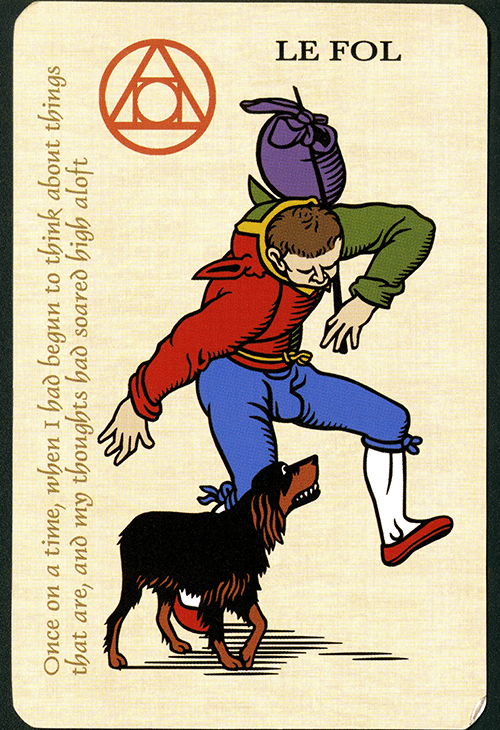
Signs and Symbols
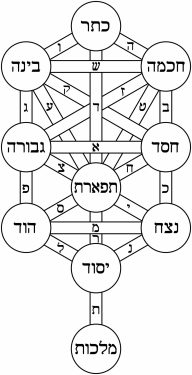
Tree of Life forthcoming
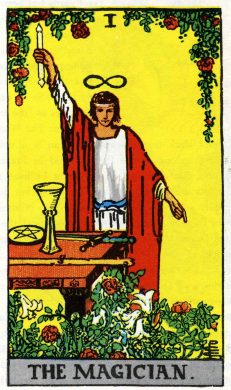
Cartomancy
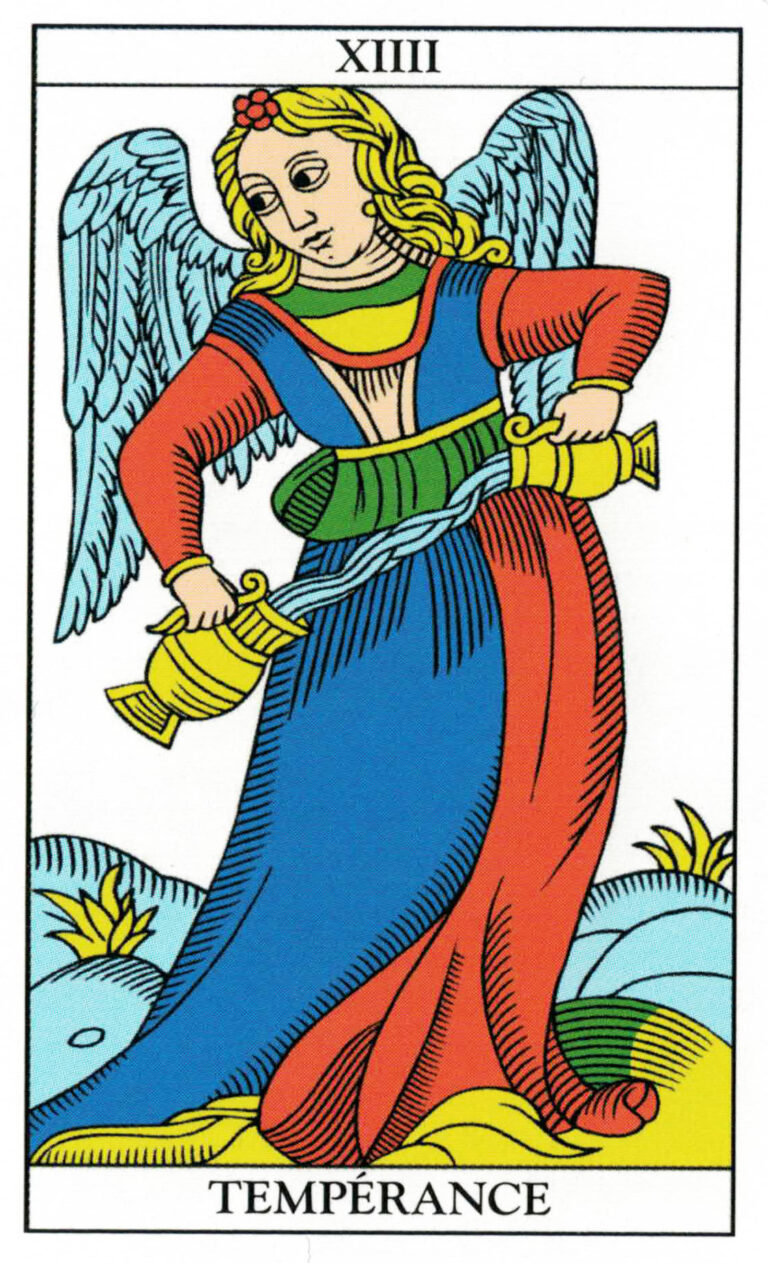
Virtues forthcoming

Fools
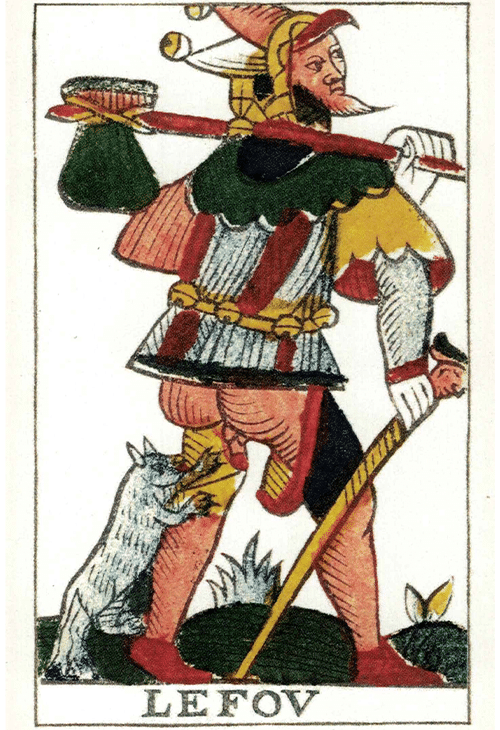
Marseille

Pilgrimage
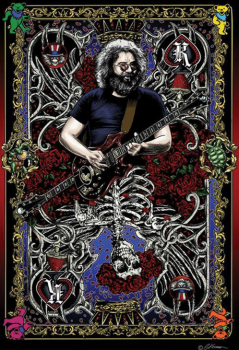
New Age
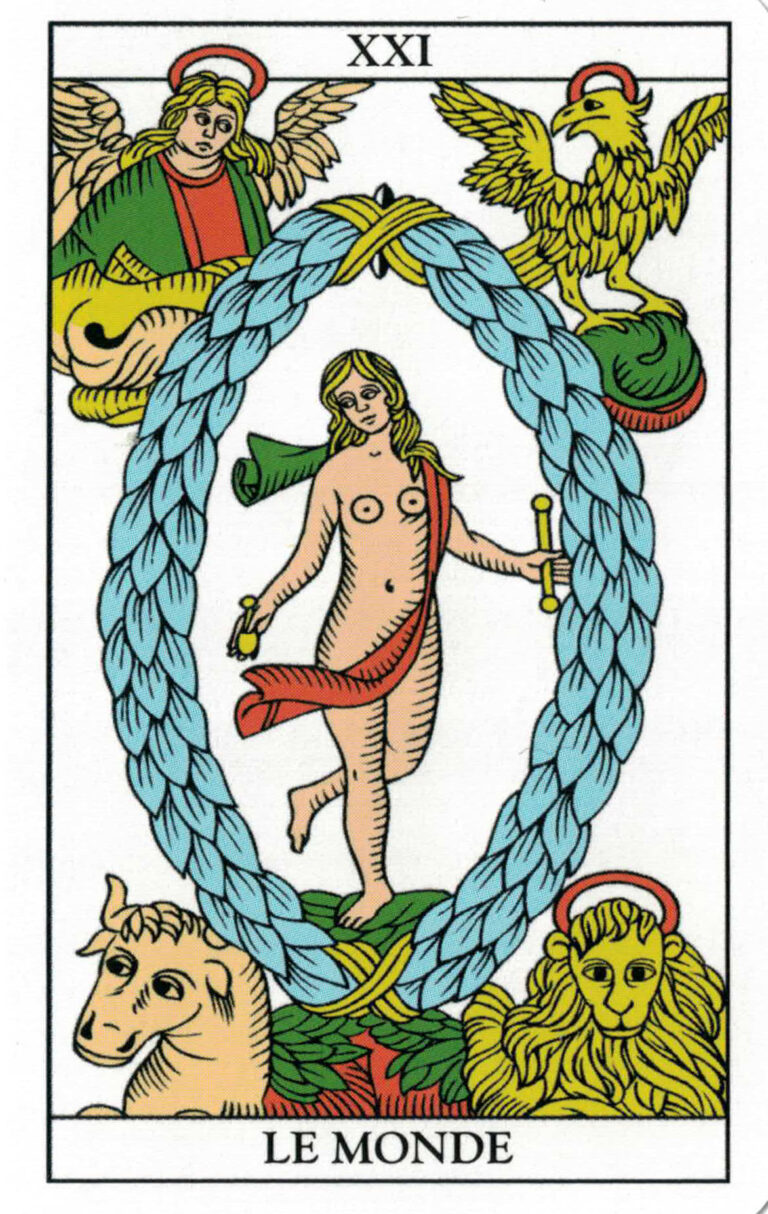
The World forthcoming
